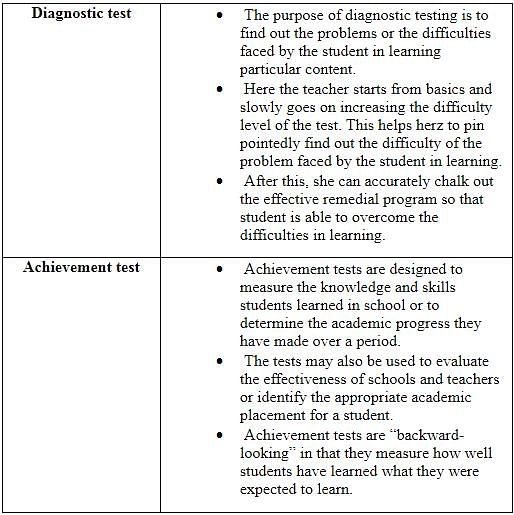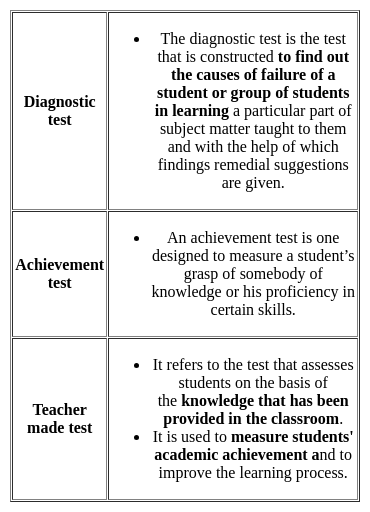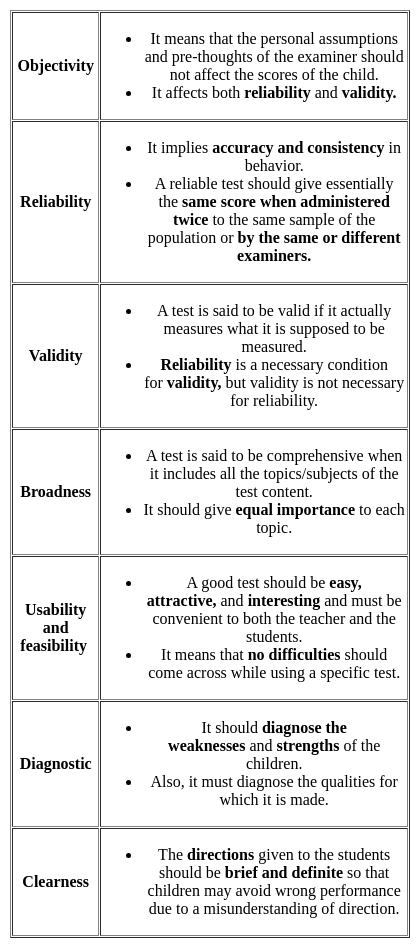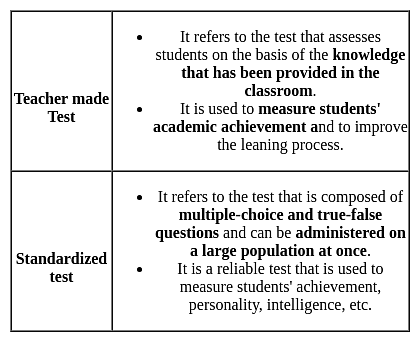Software Development Exam > Software Development Tests > Test: Teaching Practices (Assessment & Evaluation) - Software Development MCQ
Test: Teaching Practices (Assessment & Evaluation) - Software Development MCQ
Test Description
10 Questions MCQ Test - Test: Teaching Practices (Assessment & Evaluation)
Test: Teaching Practices (Assessment & Evaluation) for Software Development 2025 is part of Software Development preparation. The Test: Teaching Practices (Assessment & Evaluation) questions and answers have been prepared
according to the Software Development exam syllabus.The Test: Teaching Practices (Assessment & Evaluation) MCQs are made for Software Development 2025 Exam.
Find important definitions, questions, notes, meanings, examples, exercises, MCQs and online tests for Test: Teaching Practices (Assessment & Evaluation) below.
Solutions of Test: Teaching Practices (Assessment & Evaluation) questions in English are available as part of our course for Software Development & Test: Teaching Practices (Assessment & Evaluation) solutions in
Hindi for Software Development course.
Download more important topics, notes, lectures and mock test series for Software Development Exam by signing up for free. Attempt Test: Teaching Practices (Assessment & Evaluation) | 10 questions in 12 minutes | Mock test for Software Development preparation | Free important questions MCQ to study for Software Development Exam | Download free PDF with solutions
Test: Teaching Practices (Assessment & Evaluation) - Question 1
Which type of test is dependent on the hypothetically average performing student?
Detailed Solution for Test: Teaching Practices (Assessment & Evaluation) - Question 1
Test: Teaching Practices (Assessment & Evaluation) - Question 2
What are the characteristics of a good achievement test?
Detailed Solution for Test: Teaching Practices (Assessment & Evaluation) - Question 2
Test: Teaching Practices (Assessment & Evaluation) - Question 3
The test that predicts the performance of an individual in a particular field is:
Detailed Solution for Test: Teaching Practices (Assessment & Evaluation) - Question 3
Test: Teaching Practices (Assessment & Evaluation) - Question 4
Which one of the following is not included as a function of Summative Evaluation?
Detailed Solution for Test: Teaching Practices (Assessment & Evaluation) - Question 4
Test: Teaching Practices (Assessment & Evaluation) - Question 5
On which of the following are the characteristics of a unit test for assessing learning in a class of students based?
Detailed Solution for Test: Teaching Practices (Assessment & Evaluation) - Question 5
Test: Teaching Practices (Assessment & Evaluation) - Question 6
Which of the following is not a good test quality?
Detailed Solution for Test: Teaching Practices (Assessment & Evaluation) - Question 6
Test: Teaching Practices (Assessment & Evaluation) - Question 7
The chief point of distinction between teacher made and standardized tests lies in the area of—
Detailed Solution for Test: Teaching Practices (Assessment & Evaluation) - Question 7
Test: Teaching Practices (Assessment & Evaluation) - Question 8
The scoring of the test is not effected by any factor and quality of test is called:
Detailed Solution for Test: Teaching Practices (Assessment & Evaluation) - Question 8
Test: Teaching Practices (Assessment & Evaluation) - Question 9
Teacher made tests have more utility in
Detailed Solution for Test: Teaching Practices (Assessment & Evaluation) - Question 9
Test: Teaching Practices (Assessment & Evaluation) - Question 10
One of the most important features of the teacher-created test is
Detailed Solution for Test: Teaching Practices (Assessment & Evaluation) - Question 10
Information about Test: Teaching Practices (Assessment & Evaluation) Page
In this test you can find the Exam questions for Test: Teaching Practices (Assessment & Evaluation) solved & explained in the simplest way possible.
Besides giving Questions and answers for Test: Teaching Practices (Assessment & Evaluation), EduRev gives you an ample number of Online tests for practice
Download as PDF






















